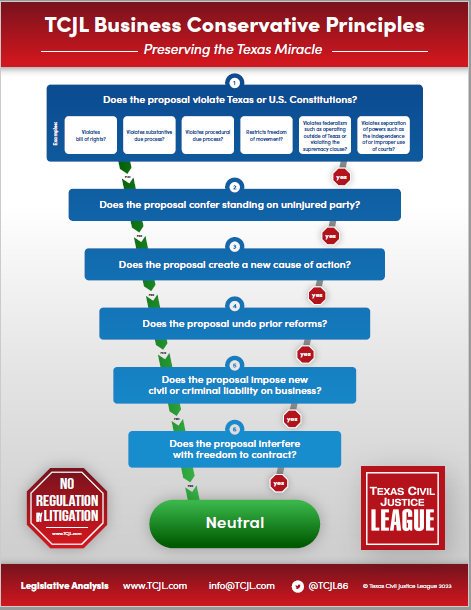 The Texas Supreme Court has ordered the dismissal with prejudice of thousands of nuisance claims against electric transmission and distribution utilities in a massive $10 billion lawsuit arising from Winter Storm Uri. The last defendants left standing in this case—the investor-owned transmission and distribution utilities (TDUs)— petitioned the Court for a writ of mandamus ordering the MDL trial court to dismiss the remaining claims. It should be noted that everyone else in the electricity delivery system—the gas producers, power generators, retail providers, and ERCOT itself—had been absolved from liability, leaving the TDUs to face a $10 billion lawsuit alone.
The Texas Supreme Court has ordered the dismissal with prejudice of thousands of nuisance claims against electric transmission and distribution utilities in a massive $10 billion lawsuit arising from Winter Storm Uri. The last defendants left standing in this case—the investor-owned transmission and distribution utilities (TDUs)— petitioned the Court for a writ of mandamus ordering the MDL trial court to dismiss the remaining claims. It should be noted that everyone else in the electricity delivery system—the gas producers, power generators, retail providers, and ERCOT itself—had been absolved from liability, leaving the TDUs to face a $10 billion lawsuit alone.
In April 2024, the Houston [14th] Court of Appeals affirmed in part and reversed in part the MDL court’s order that, while it dismissed some of Plaintiffs’ claims under Rule 91a (tortious interference with contract and civil conspiracy), denied the TDUs’ motions to dismiss Plaintiffs’ negligence, gross negligence, and nuisance theories. The TDUs petitioned SCOTX for mandamus relief. TCJL filed an amicus brief supporting the petition.
In an opinion by Justice Lehrmann, the Court granted mandamus and instructed the trial court to dismiss the intentional nuisance claims but gave Plaintiffs a chance to replead their gross negligence claims. “This Court,” Justice Lehrmann wrote, “has recognized intentional-nuisance liability where the defendant is a source of the nuisance” (citations omitted). Here the alleged nuisance was an extended period of freezing weather. Plaintiffs, rather, argued that the TDUs didn’t adequately respond to and mitigate the harm caused by the cold. Consequently, they never pleaded an intentional-nuisance theor and those claims had to be dismissed.
As to the gross negligence claims, the Court determined that Plaintiffs’ pleadings didn’t support an inference that the TDUs were grossly negligent (i.e. acted with conscious indifference) in their response to the PUC’s initial load-shed orders. But as to their conduct before or after responding to the load-shed orders, that is, the lack of planning for the emergency and the management of the load, it might be possible to sufficiently allege gross negligence if Plaintiffs “account for the legal constraints governing the Utilities at the time. In other words,” the Court continued, “at a minimum, the plaintiffs must allege that the Utilities’ alleged grossly negligent acts and omissions were a choice made with conscious indifference to the rights, safety, or welfare of others and were not taken to comply with a legal obligation or a reasonable belief about a legal obligation.” This might require Plaintiffs to show that the TDUs should have disregarded ERCOT’s orders, a pretty high bar, indeed. “In short,” the Court stated, “[Plaintiffs] need to allege that the Utilities could have reduced the deaths and injuries that resulted from the storm despite applicable legal requirements but nevertheless proceeded as they did with conscious indifference to the rights, safety, or welfare of others.”
We’re certainly pleased to see the nuisance claims dismissed from this long-running case. What happens next is anybody’s guess, since the negligence and gross negligence claims are all that’s left. Still, if this case ever gets to trial on those claims, it will be a complex, costly, and lengthy affair involving perhaps the biggest battle of experts in Texas history, bigger even than Texaco v. Pennzoil. The stakes are certainly higher than they were in that case, since we’re talking here about public utilities being potentially liable for billions of dollars that likely would have to be recovered from ratepayers. We’ll see, but if it does go on to the bitter end, it’ll be back before this Court someday.












